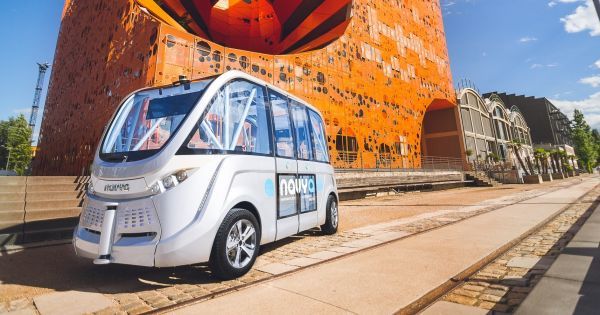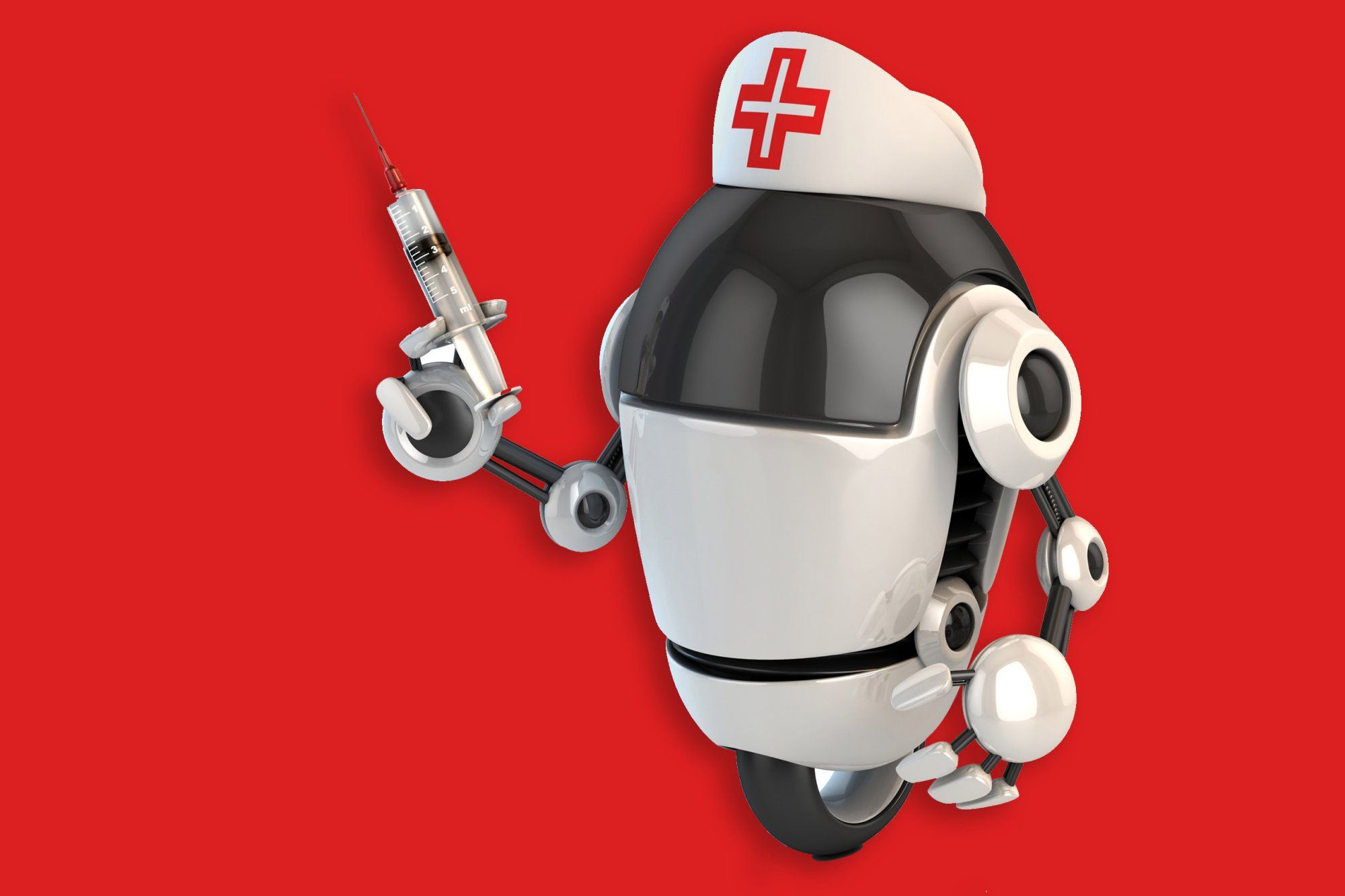This type of computer not really 4 personal use. Because it calculates in every possible way its task in a fraction of second. I belive that this type of computer is built to run ai. Or to run recognition software just to give example. But just imagine the possibilities.
Quantum physics, with its descriptions of bizarre properties like entanglement and superposition, can sound like a science fiction fever dream. Yet this branch of physics, no matter how counterintuitive it seems sometimes, describes the universe all around us: As physicists have told often told me, we live in a quantum world. Soon, this will be better reflected in our technology, and everything it can do.
“We’re moving towards a new paradigm for computation,” quantum information scientist Michele Mosca, who’s based at the Institute for Quantum Computing at the University of Waterloo, recently told me. He compared this shift in thinking to when humanity abandoned the flat Earth hypothesis and accepted that our world is round.
“We realized that [our pictures of the surface of the Earth] should embed on a sphere, not a flat surface,” he said. “Now our maps make sense.” Before, we were looking at them the wrong way, and the picture was distorted. Not anymore.




